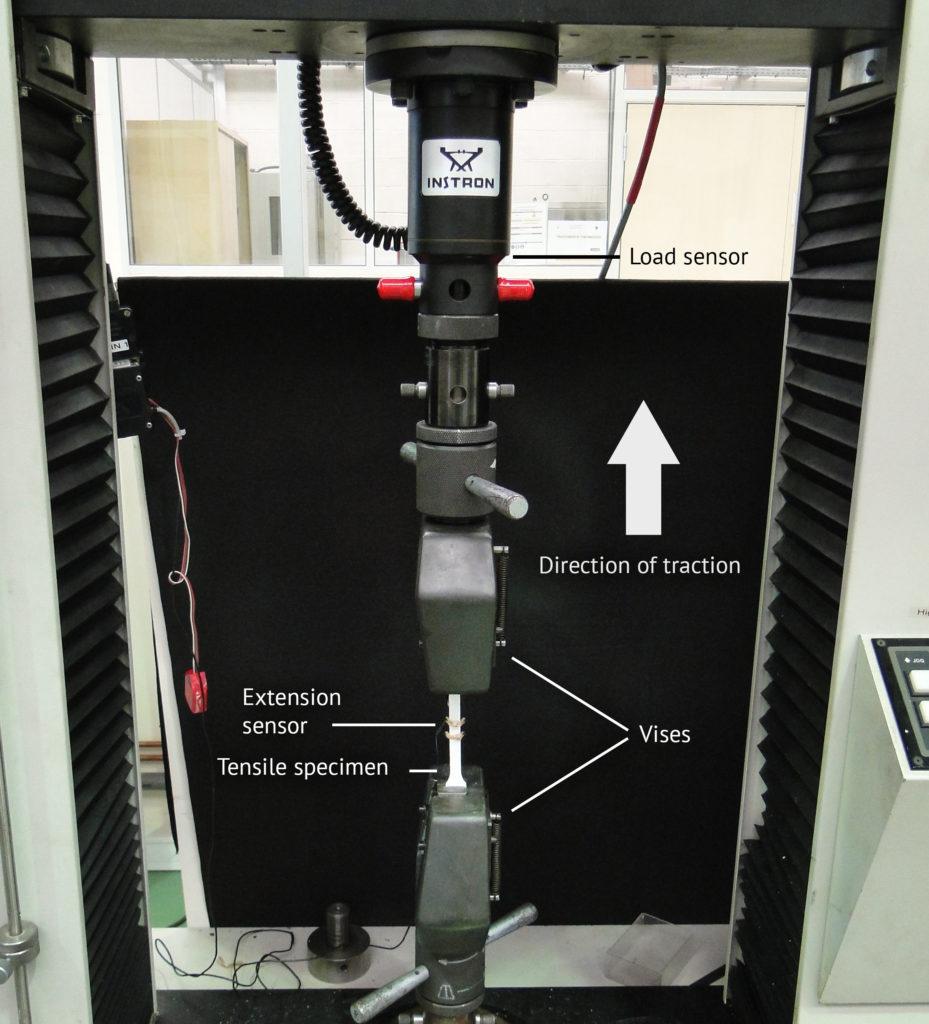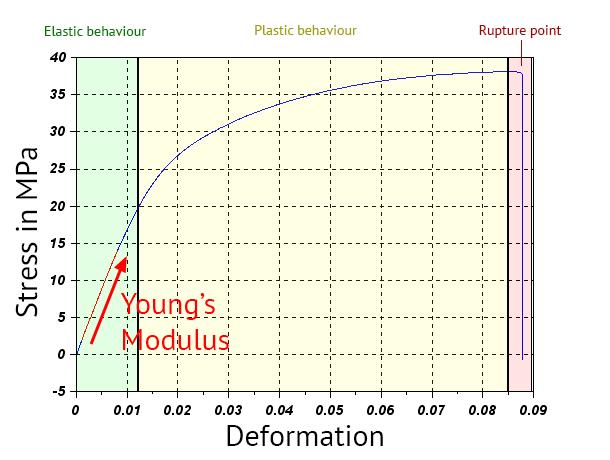Sculpteo Performs Elastic Modulus Measurement Tests on 3D Printing Materials
 While there is a great deal about 3D printing that can be highly artistic and intuitive in nature, there is also a vital portion of it that requires and celebrates precision and technical achievement. In order to produce something to a very exacting, pre-planned specification, you have to know to a very precise degree the nature of the materials with which you are working.
While there is a great deal about 3D printing that can be highly artistic and intuitive in nature, there is also a vital portion of it that requires and celebrates precision and technical achievement. In order to produce something to a very exacting, pre-planned specification, you have to know to a very precise degree the nature of the materials with which you are working.
The folks at Sculpteo were interested in exploring and documenting information about the elasticity of the raw material that is fed into the 3D printer. While some information about this is provided directly by the manufacturers, the team at Sculpteo argues that the data is highly dependent upon which production process is used and wanted to set about detailing the nature of a material’s elasticity in a more exhaustively detailed manner.
Knowing the elasticity of a material is what helps to calculate, during the design phase, against the possibility that any given piece will rupture or break. The most common method for its calculation is the Young’s modulus, also known as the traction or elastic modulus. Young’s presents data about the amount a material can be deformed in relation to the amount of force required to deform it.
 The team at Sculpteo wanted to conduct tests that would provide information about the elastic behavior, plastic behavior, and rupture points of a variety of materials using the Young’s modulus. Elastic behavior is the first area reached when force is applied to a material, causing it to deform but before the deformation becomes permanent.
The team at Sculpteo wanted to conduct tests that would provide information about the elastic behavior, plastic behavior, and rupture points of a variety of materials using the Young’s modulus. Elastic behavior is the first area reached when force is applied to a material, causing it to deform but before the deformation becomes permanent.
Once the deformation makes a permanent change in the shape of the material, it is exhibiting plastic behavior. Moving past those first behaviors and continuing to apply greater force causes an increase in deformation, leading to a rupture in the material.
The test Sculpteo selected to perform was the tensile test, which they explained in a blog post about the experiments:
“A tensile test is an experimental measure, where you try to elongate an object, while measuring the strength you are using to do so. The elongation process is made with a constant speed, until we reach the breaking point. This gives us everything we need to draw a force curve based on the elongation. Thanks to those values, we are then able to deduce the elasticity modulus of the material, and its elongation at the rupture point.”
 In order to ensure the accuracy of the results, the tests needed to be performed multiple times. Over a period of two days, the tests were repeated at the MSSMat Laboratory and were executed using a variety of materials such as flexible plastic (TPU), white plastic (PA11), and black plastic (PA12), as well as several interventions with the plastic materials such as dyeing or applying smoothing beautifier.
In order to ensure the accuracy of the results, the tests needed to be performed multiple times. Over a period of two days, the tests were repeated at the MSSMat Laboratory and were executed using a variety of materials such as flexible plastic (TPU), white plastic (PA11), and black plastic (PA12), as well as several interventions with the plastic materials such as dyeing or applying smoothing beautifier.
After the tests, the team did not feel sufficiently satisfied to make a statement about the Young’s modulus of the flexible plastic, but did obtain results for the other two materials. The black plastic was found to have a greater elasticity than the white plastic, and the two applications—dyeing and the application of smoothing beautifier—had no noticeable impacts on the materials’ performance. Let’s discuss this further over in the Sculpteo Evaluates 3D Printing Materials forum at 3DPB.com.
[Source: Sculpteo]Subscribe to Our Email Newsletter
Stay up-to-date on all the latest news from the 3D printing industry and receive information and offers from third party vendors.
Print Services
Upload your 3D Models and get them printed quickly and efficiently.
You May Also Like
AMT Shakes Up 3D Printing Market with Affordable, High-Performance Post-Processing Consumables
Additive Manufacturing Technologies (AMT), a global leader in automated 3D printing post-processing, is launching a new line of consumables that promises to significantly reduce operational costs for additive manufacturing users....
The Bambu Lab 3D Printing Platform… or Trapdoor?
Bambu Lab began as a completely closed 3D printing system, where the printer, software, and materials all functioned well but were exclusively from the company itself. This approach mirrored Formlabs,...
2025 Renault 5 E-Tech Electric Is Latest Car with 3D Printed Accessories
Due to the required numbers, additive manufacturing (AM) has struggled to make significant inroads into vehicle interiors in meaningful numbers—at least as far as public knowledge is concerned. Typically an...
BMW Completes Project to Automate Plastic 3D Printing
After a three-year journey to efficiently scale polymer 3D printed part production, the POLYLINE project has concluded. This endeavor, headquartered at BMW’s Additive Manufacturing Campus, pooled the expertise of EOS,...






























